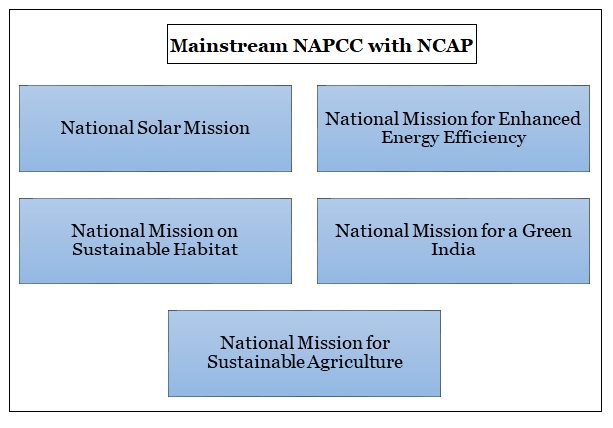7667766266
enquiry@shankarias.in
The National Clean Air Program targets to achieve reductions up to 40% of PM 10 concentrations by 2025-26.
|
National Clean Air Program |
|

Graded response action plan is a set of measures drafted by the Centre’s Commission for Air Quality Management (CAQM) to tackle air pollution in Delhi and NCR region.